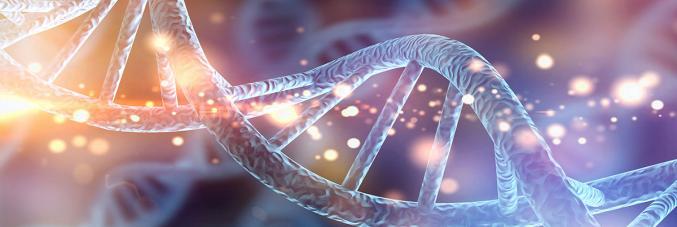
Ancient combined genetic variants contribute to the physical appearance and physiology of contemporary Europeans
18.02.2022
Much of the genetic makeup of Europeans formed 10,000 years ago when local Western Hunter-Gatherers (WHGs) mixed with Anatolian Neolithic farmers and Steppe herders. Separated for thousands of years before this meant that mixing their characteristic genetic variants (DNA, or genome) would drive the complex trait landscape of contemporary Europeans.
Based on the information contained in ancient genomes, researchers had limited themselves to predicting the biological traits of populations that had formerly participated in these events. This includes our understanding of the evolution of traits such as lactase persistence, height, skin pigmentation, and eye and hair color. "With our study, however, we wondered how physiological and aesthetic appearance of contemporary Europeans are influenced by these ancient genetic footprints embedded in our DNA," says first author and University of Turin researcher Davide Marnetto.
“Our case study identified complex traits found in the Estonian Biobank (which shows some genetic components of Siberian origin). Thanks to the immense amount of data made publically available, we had access to genomes and information of more than 50,000 individuals. Based on this data, we wondered if certain characteristics, like high cholesterol, were associated with having inherited multiple variants from specific ancient populations where DNA demonstrate higher or lower cholesterol levels" added Marnetto.
"Our research found that the ancient populations that formed Europeans, were sufficiently different enough from each other that their characters have left a mark on the physiology and aesthetic appearance of contemporary Europeans", underlined Luca Pagani of the University of Padua, and senior author of the publication. “For example, the Steppe populations appear to have contributed to a strong build, tall stature, and increased waist and hip circumferences, but also to high cholesterol levels. Individuals with a greater ancestry contribution from hunter-gatherers tend to demonstrate lower cholesterol levels and higher body mass index (BMI). While those with a greater contribution from Anatolian populations demonstrate reduced waist-hip ratio (corrected for BMI) and a lower heart rates. There are substantial differences in the genetic contribution in genes responsible for eye and hair pigmentation, caffeine intake, age of menarche, and sleep-related behaviors.
Conclusions of the study were based on the analysis of specific parts of the genome (those affected by the genes related to this trait) using the rest of the genome as a reference point. "This means that it is misleading and naïve to use a certain trait to conclude the dominant ancestral origin or composition in one's genome," said Mait Metspalu of the Estonian University of Tartu, co-author of the study. “To bridge the physiology of an individual, the total quantity of a certain genetic component (Anatolian, teppe and so on) is not so important, but rather which genes have been influenced by this contribution, even for complex traits encoded by many genes.”



